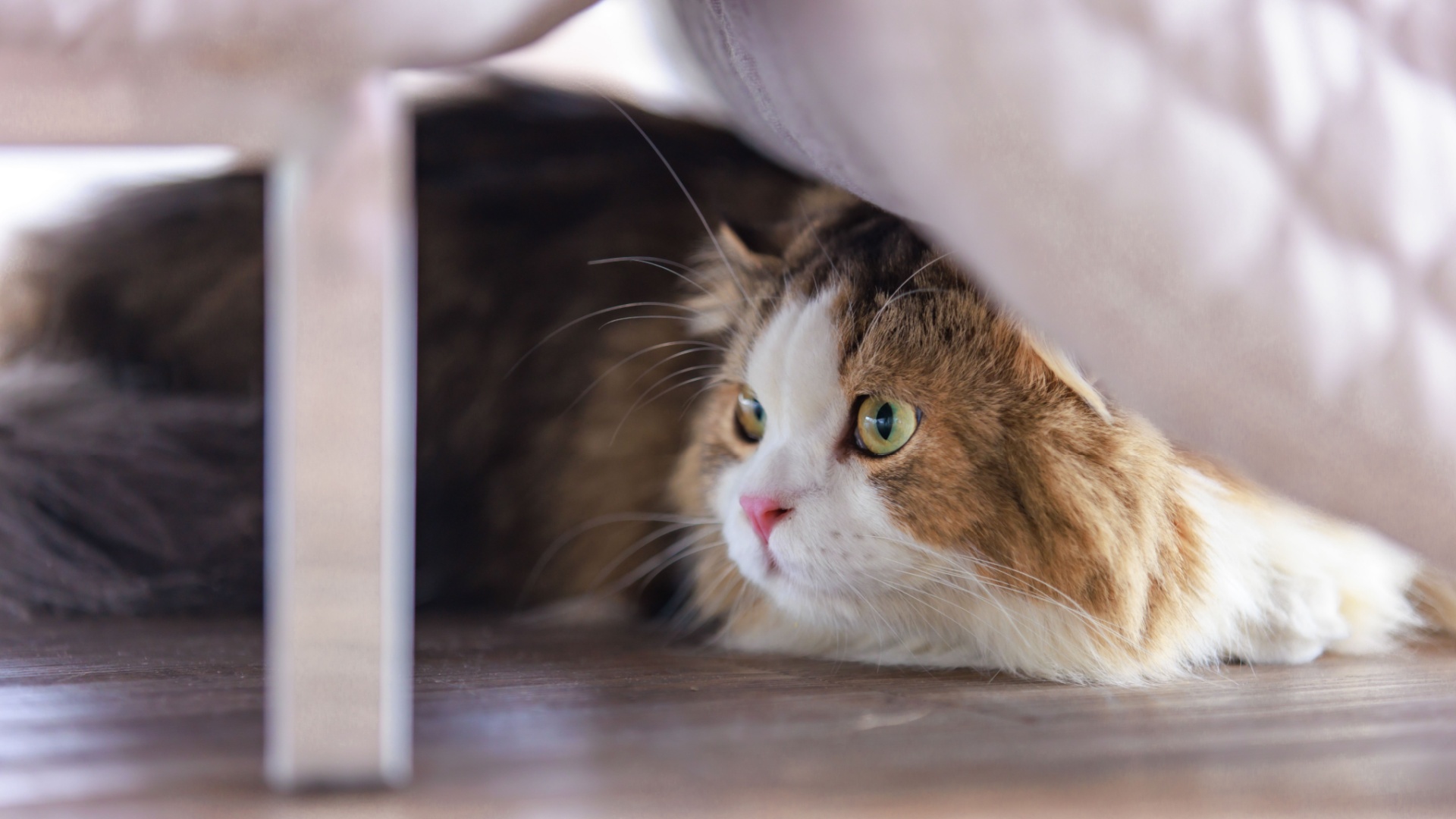Pets often display behaviors that might seem cute or quirky at first glance, but some of these behaviors can be indicative of underlying issues. Understanding these warning signs is crucial for any pet owner, as addressing them early can prevent potential problems down the road.
Read these quirks of pet behavior that should not be ignored, providing insights into what these behaviors might mean and how you can respond effectively. With each item, you’ll gain a clearer perspective on your pet’s well-being.
1. Excessive Licking
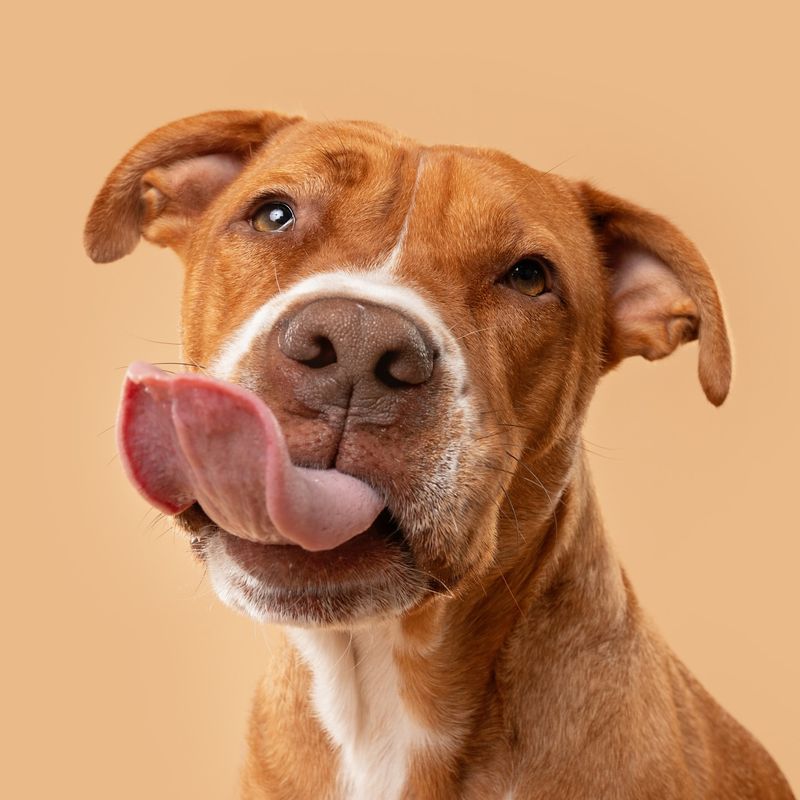
A dog that licks itself more than usual could be signaling a problem. This behavior might seem harmless, but it can indicate underlying skin allergies or infections that need attention. It can also point to anxiety or stress, where the licking acts as a coping mechanism for the pet.
Observing when and where the licking occurs can offer vital clues. If it’s centered around a particular spot, it may be due to pain or irritation in that area. On the other hand, if the licking occurs more frequently during stressful situations, it might be linked to emotional distress.
It’s essential to consult with a veterinarian to rule out medical issues. They can provide guidance on whether the behavior is physically or psychologically based. Taking prompt action can ensure your pet’s comfort and health are maintained. Failure to address this behavior might lead to more severe health issues and affect your pet’s quality of life.
Keep an eye on your pet’s overall behavior and environment to determine possible triggers, and take steps to alleviate any stressors that could be influencing this behavior.
2. Sudden Aggression
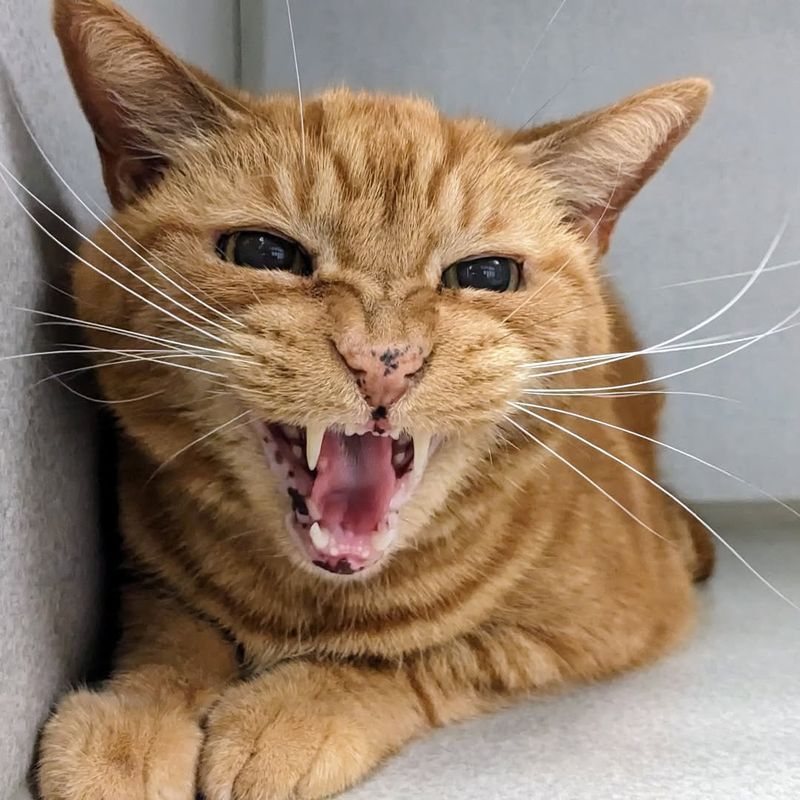
When a pet, known for its gentle demeanor, suddenly becomes aggressive, it can be alarming. This shift in behavior might be due to pain or discomfort that the pet is unable to express otherwise. Additionally, sudden aggression could indicate fear, anxiety, or even a neurological issue. Understanding the context is key.
If there’s been a recent change in the pet’s environment, such as a new pet or person in the house, it may have triggered this shift. Pets are sensitive to changes, and what seems minor to us can be significant to them. Consulting a veterinarian is crucial to rule out any physical ailments. If the cause is psychological, a pet behaviorist may be needed to help manage and modify the behavior.
Ignoring such signs can lead to dangerous situations not only for the pet but also for people around them. Offering a stable environment with familiar routines and considering professional help if needed can assist in addressing the root cause, ensuring the pet feels secure and less inclined to act out aggressively.
3. Unexpected Weight Loss
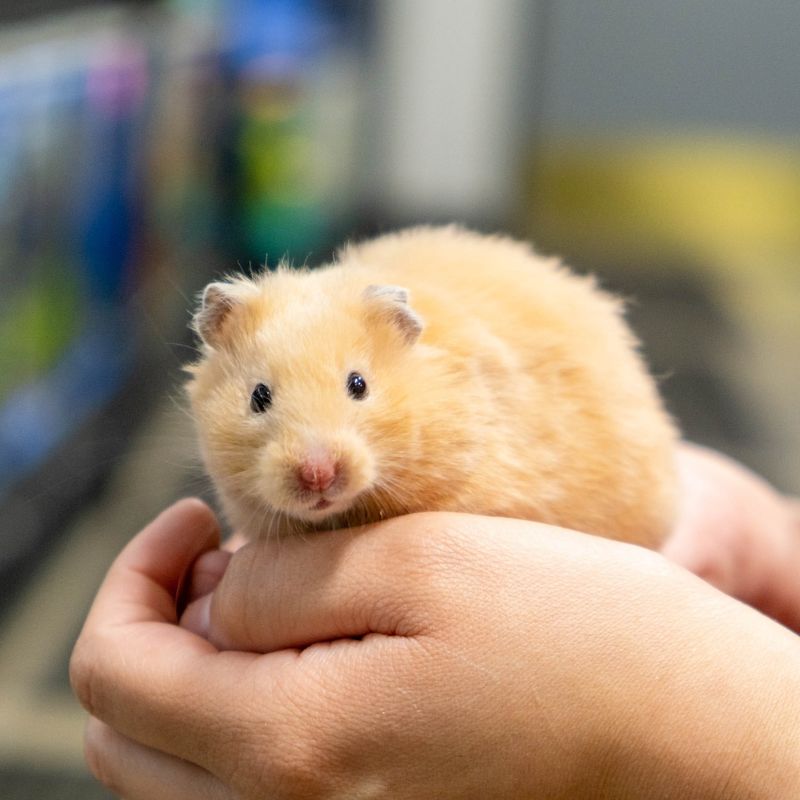
While some fluctuations in weight are normal, significant loss should not be ignored as it could signal diseases such as diabetes, cancer, or hyperthyroidism. It’s important to monitor your pet’s eating habits and energy levels. A reduction in appetite, coupled with lethargy, might suggest gastrointestinal problems or even depression.
On the flip side, an insatiable hunger with weight loss can indicate metabolic disorders. Scheduling a visit to the vet is paramount when noticing these signs. They can conduct thorough examinations and tests to diagnose any hidden conditions. Early detection and intervention can make a significant difference in treatment outcomes.
Keep track of your pet’s weight regularly and note any other behavioral changes. This information is valuable for the vet to provide a comprehensive assessment and appropriate treatment plan. Maintaining a healthy diet and routine exercise is also crucial in supporting your pet’s overall well-being.
4. Persistent Coughing
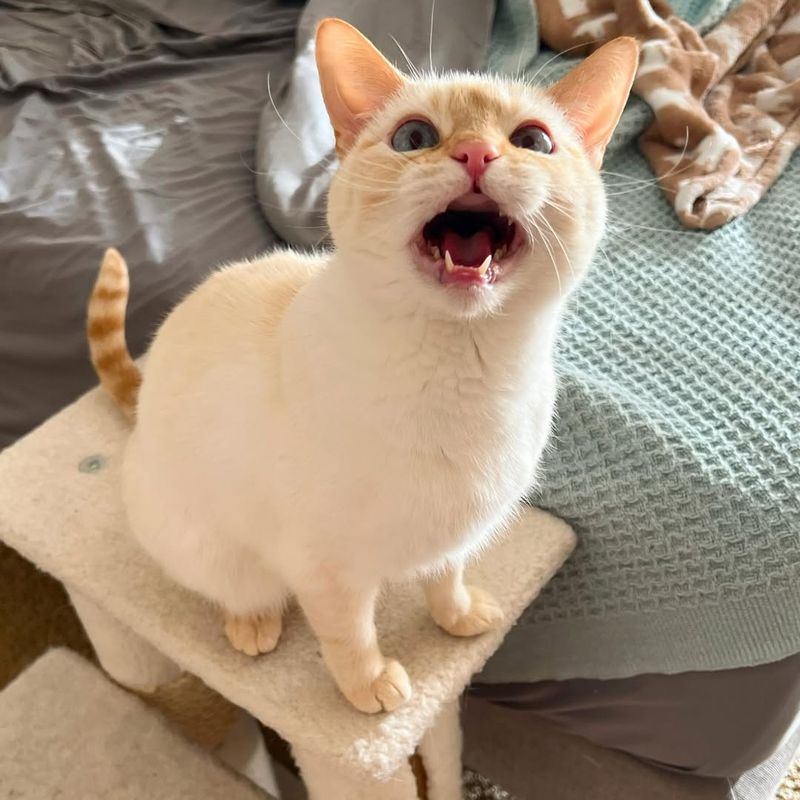
Persistent coughing in pets, particularly dogs, should not be dismissed as mere irritation. It could signify respiratory diseases such as kennel cough or even heart problems that require immediate attention. The nature of the cough can offer insights. A dry, hacking cough might point to airway irritation or heart disease, whereas a moist cough could be related to infections like pneumonia.
Observing when the cough occurs can also help identify triggers, such as physical activity or changes in temperature. Consulting a veterinarian is essential to determine the cause and appropriate treatment. Ignoring this symptom could lead to worsening conditions or severe health complications. They can run diagnostics like X-rays or blood tests to evaluate the situation thoroughly.
Maintain a clean, dust-free environment and monitor your pet’s exposure to other animals that might be carriers of communicable diseases. Providing your pet with a warm and stress-free space can also aid in alleviating symptoms and promoting recovery.
5. Avoiding Eye Contact
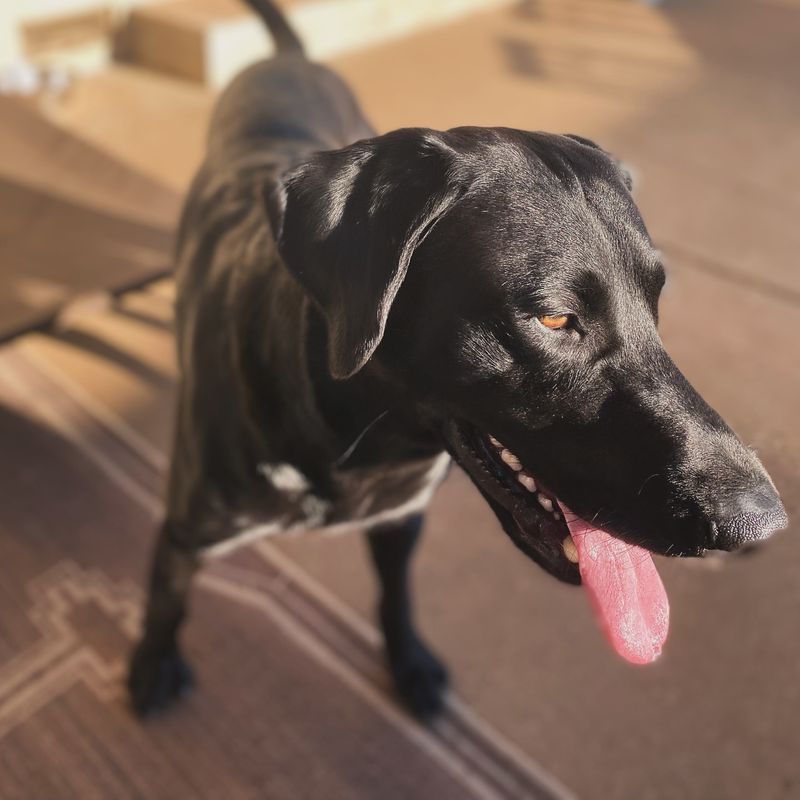
Eye contact avoidance in pets, particularly those known for their affectionate gaze, can be perplexing and troublesome. This behavior might indicate anxiety, fear, or an underlying health issue like vision problems or neurological disorders. Understanding the broader context is crucial. If this behavior coincides with other stress signals, such as hiding or decreased social interaction, it might be linked to emotional distress or recent traumatic experiences.
A veterinary consultation is recommended to assess any physical health issues. If the cause is psychological, working with a pet behaviorist can provide strategies to rebuild trust and comfort. Ignoring this behavior may lead to further emotional withdrawal or health problems. Ensuring a reassuring and supportive environment is vital.
Minimizing stressors and offering consistent positive interactions can encourage the pet to feel more secure and willing to engage. Monitoring changes in behavior and consulting professionals when needed can help address the underlying causes effectively.
6. Frequent Head Shaking

Dogs that frequently shake their heads might be experiencing discomfort due to ear infections or parasites such as mites. This behavior, if persistent, should be seen as a warning sign that requires attention. Regular head shaking might cause injuries to the ears if left unchecked. It’s often accompanied by other symptoms like scratching at the ears or noticeable redness and swelling, which can help identify the problem.
A veterinarian’s expertise is crucial to determine whether the issue is due to an infection or a more serious underlying condition. Treatments can range from topical medications to more intensive care depending on the diagnosis. Regular cleaning and inspection of your pet’s ears can prevent potential infections and keep them comfortable.
If parasites are suspected, appropriate preventive measures should be undertaken to avoid further discomfort and complications. By addressing these issues promptly, you ensure your pet’s well-being and prevent further distress.
7. Random Pacing

Random pacing in pets, especially dogs, can indicate anxiety or a neurological issue. While some might view it as harmless energy expenditure, it often signals something deeper that needs addressing. Observing when and where the pacing occurs can provide insights into the underlying causes. Pacing during storms, fireworks, or other loud noises may suggest noise anxiety.
Alternatively, if it’s happening without clear triggers, it could be a sign of cognitive dysfunction. Consulting with a vet can help identify the root cause and provide appropriate treatment. In some cases, anxiety medications or supplements may be recommended, while other situations might require behavior modification techniques.
Creating a calm, stable environment can help reduce anxiety-induced pacing. Providing your pet with safe, quiet spaces and maintaining a consistent routine can also be beneficial. Understanding your pet’s unique stressors and working with them can improve their quality of life significantly.
8. Chewing Non-Food Items
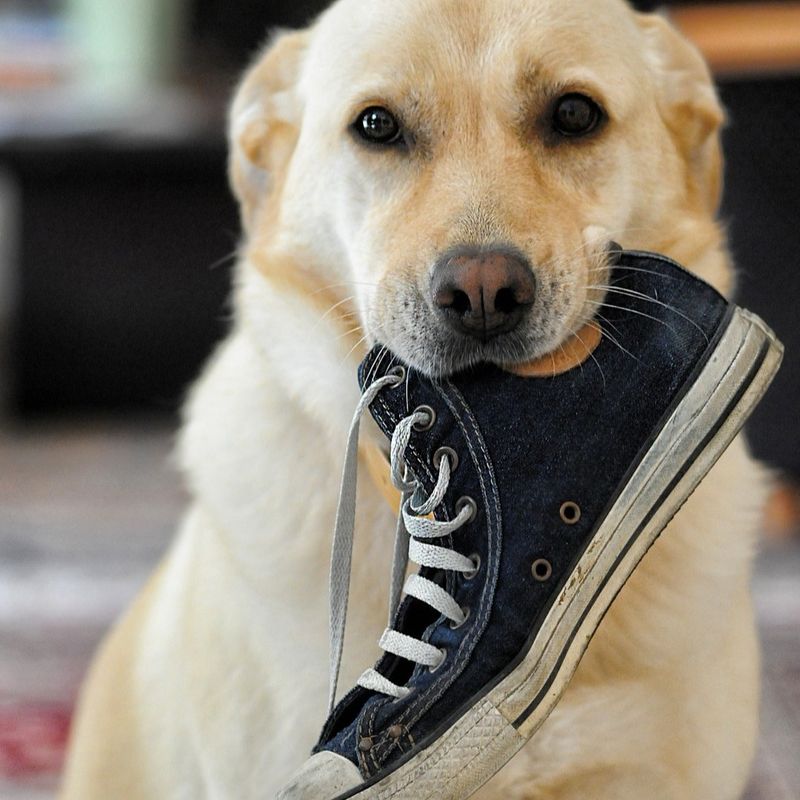
When pets, particularly dogs and puppies, chew on non-food items, it can be more than just a playful act. This behavior might indicate nutritional deficiencies, boredom, or stress, requiring intervention. Chewing helps pets relieve stress and anxiety, but when it becomes destructive, it poses risks to both the pet and your belongings. Swallowing non-food items can lead to gastrointestinal blockages or other severe health issues.
Consultation with a veterinarian can determine if there are any nutritional gaps that need addressing or if the behavior is stress-related. They might recommend dietary supplements or changes to alleviate deficiencies. In case of anxiety, behavioral training could be beneficial. Providing appropriate chew toys and engaging your pet in interactive play can redirect their energy positively.
Ensuring your pet gets enough exercise and mental stimulation is key in preventing destructive chewing habits. Addressing this behavior promptly helps ensure your pet’s safety and overall well-being.
9. Excessive Panting
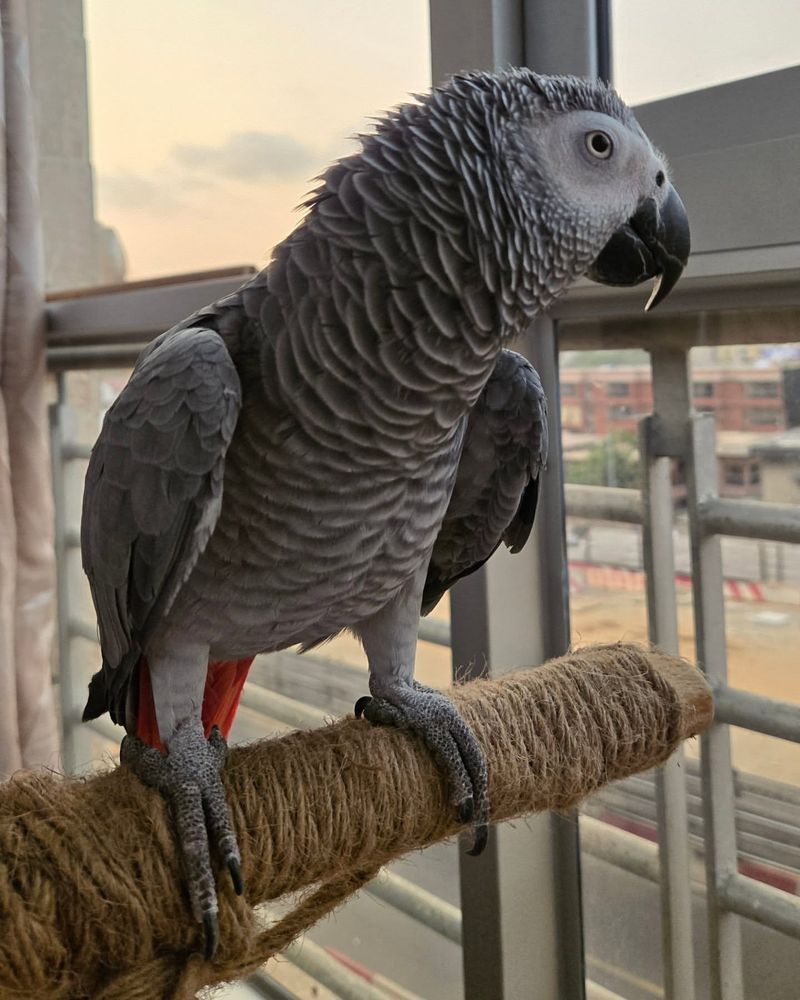
Excessive panting, especially when not related to exercise or heat, can be a sign of underlying health issues in pets. It might indicate pain, anxiety, or respiratory problems that require attention. Observing the context and frequency of the panting can provide clues.
If it occurs during rest or at night, it might signal discomfort or stress. It can also point toward conditions like heart disease or Cushing’s syndrome. Immediate veterinary consultation is advised to identify any serious health problems. They can conduct tests to determine the cause and suggest appropriate treatment plans.
Delay in addressing this can lead to exacerbated health issues. Keeping your pet in a cool, comfortable environment and ensuring they have access to fresh water can help manage symptoms. Monitoring their behavior closely and seeking professional advice when needed ensures your pet’s health and comfort are prioritized.
10. Increased Vocalization
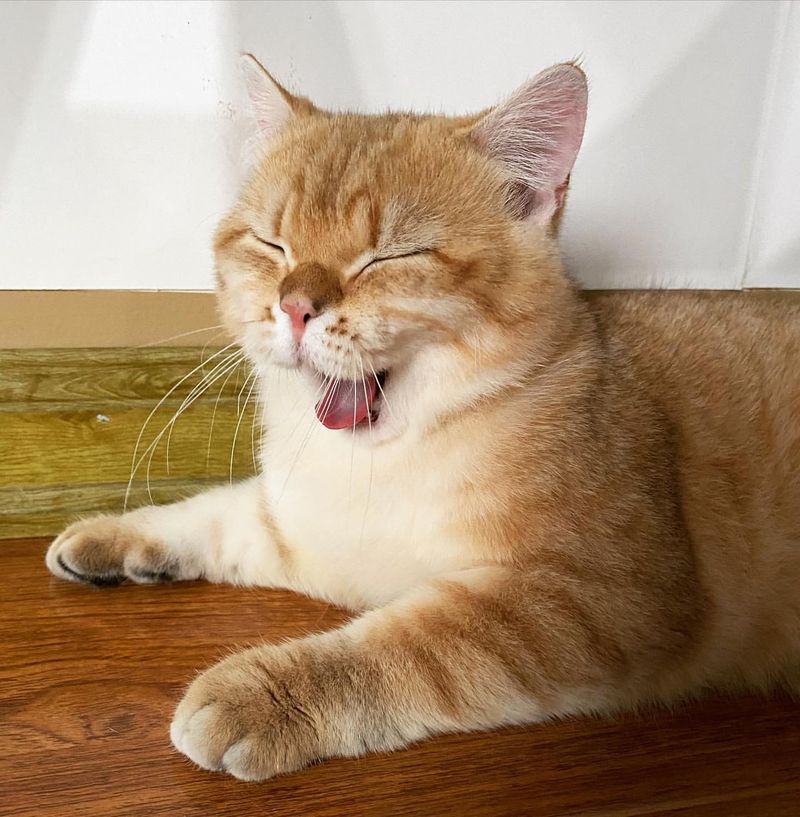
An increase in vocalization among pets, especially cats, can indicate distress or a call for attention due to various underlying issues. While some breeds are inherently more vocal, a sudden change in behavior should be investigated. Increased vocalization may signal pain, hunger, or discomfort. It can also be a sign of cognitive dysfunction in older pets, where they become disoriented or anxious.
Changes in the environment, like new household members or altered routines, can also trigger this behavior. A veterinarian can provide insights into whether the vocalization is due to physical discomfort or psychological issues. They may recommend treatments or environmental adjustments to alleviate the problem. Ignoring this behavior can lead to heightened distress for both the pet and the owner.
Providing reassurance and maintaining regular routines can help alleviate the cause of increased vocalization. Engaging your pet in interactive play and ensuring their basic needs are met can also reduce anxiety-induced vocal behaviors.
11. Lack Of Appetite
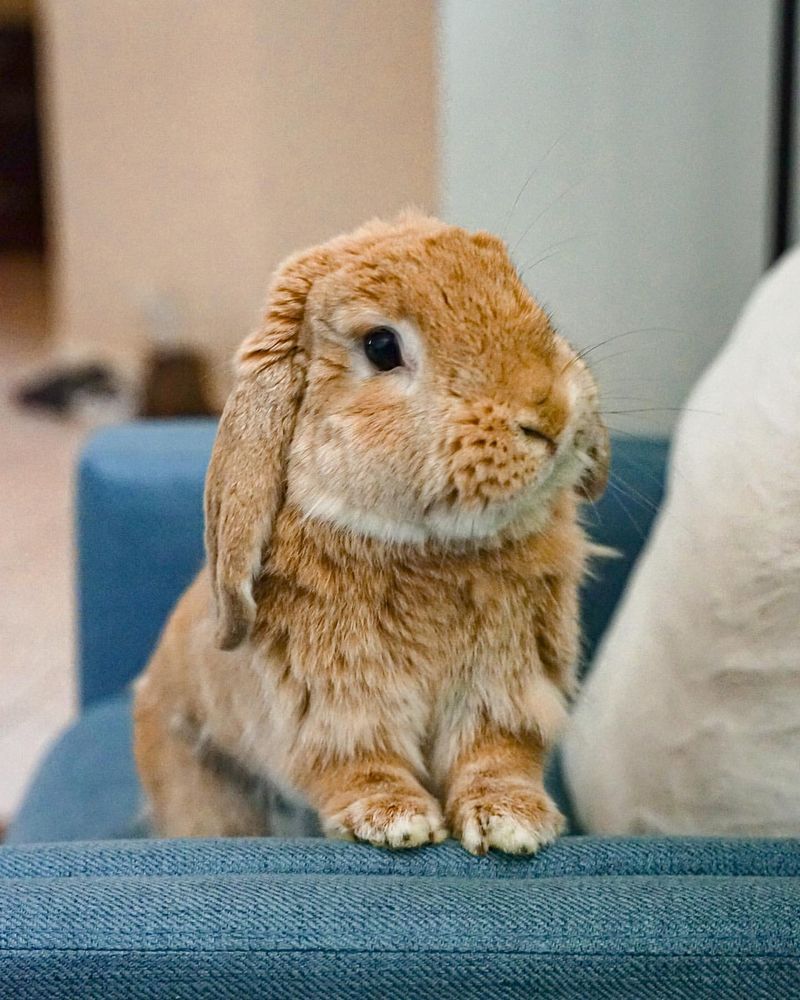
While temporary appetite fluctuations can be normal, prolonged disinterest in food should prompt concern. This behavior could indicate underlying health issues such as dental problems, gastrointestinal disorders, or even emotional distress. It’s crucial to observe if the lack of appetite is accompanied by other symptoms like lethargy or vomiting, which warrants immediate attention.
A veterinary consultation is essential to identify the root cause and determine an appropriate course of action. They can perform examinations and tests to diagnose any hidden conditions. Early intervention is key to preventing further health complications.
Maintaining a consistent feeding schedule and offering a variety of nutritious foods can sometimes reignite your pet’s interest in eating. If your pet’s lack of appetite persists, following the vet’s advice on dietary changes or medication can assist in recovery and ensure your pet’s health is restored.
12. Over-Grooming
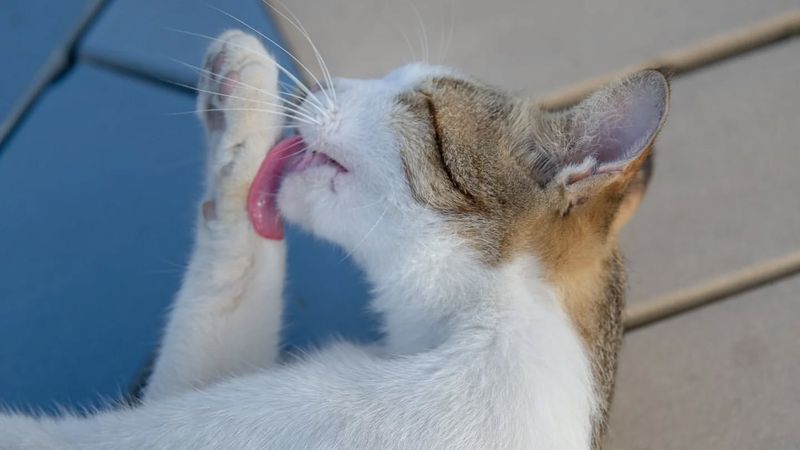
Over-grooming in pets, particularly cats, is more than just a hygiene habit when done excessively. This behavior can be indicative of stress, allergies, or skin problems that need addressing. When cats groom too much, they might end up with bald patches or irritated skin areas. Stress or anxiety often triggers this behavior as a way to self-soothe, but it can lead to further health issues if not addressed.
Consultation with a veterinarian is necessary to rule out allergies or skin infections. If stress is the cause, strategies to provide a calming environment are essential. Ignoring over-grooming can result in severe skin damage or infections.
Ensuring your pet has a stress-free environment with plenty of enrichment activities can help reduce anxiety-induced grooming. Addressing potential allergens or irritants in their surroundings can also alleviate physical causes of this behavior.
13. Hiding More Often
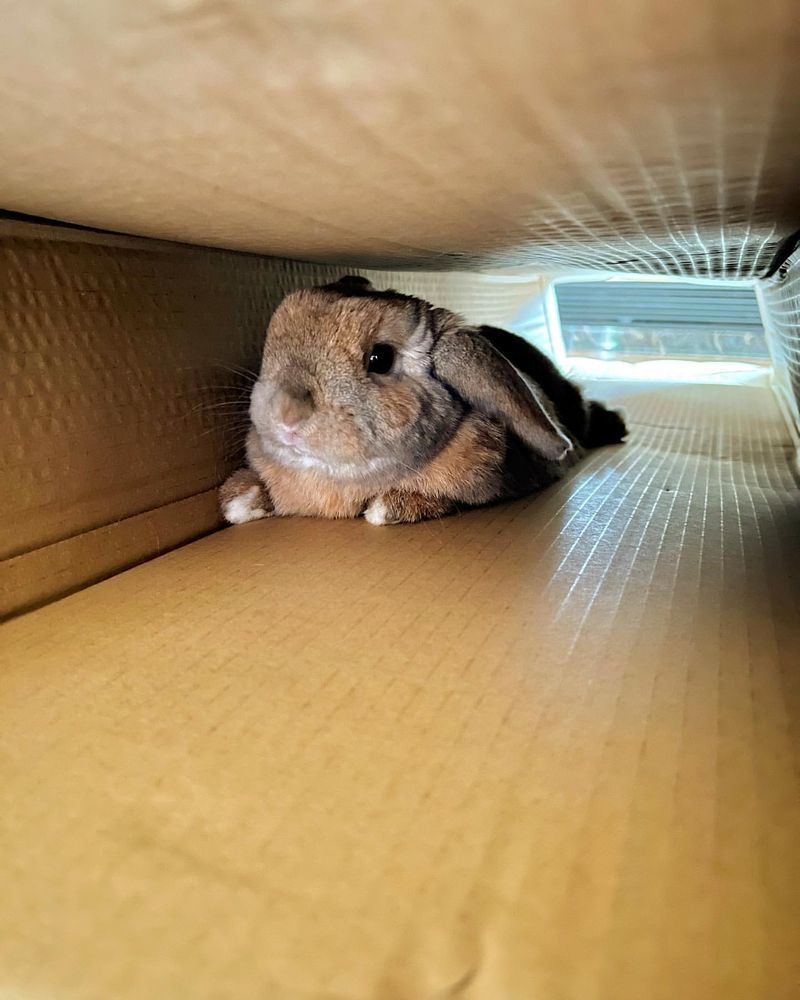
When pets start hiding more frequently, it can be a sign of fear, anxiety, or illness. This behavior is particularly common in cats, who might retreat to safe spaces when feeling threatened or unwell.
Frequent hiding can indicate changes in the environment triggering stress, such as new people or animals. It could also signal health issues like pain or discomfort that make your pet seek solitude.
Consulting a veterinarian is crucial to determine if health problems are causing this behavior. If stress-related, a pet behaviorist can provide strategies to make your pet feel secure. Ignoring this can lead to increased isolation and emotional distress.
Creating a predictable and comforting environment can help reduce the need for your pet to hide. Providing them with quiet, safe spaces and maintaining consistent routines can encourage them to emerge and interact more confidently.
14. Changes In Sleep Patterns
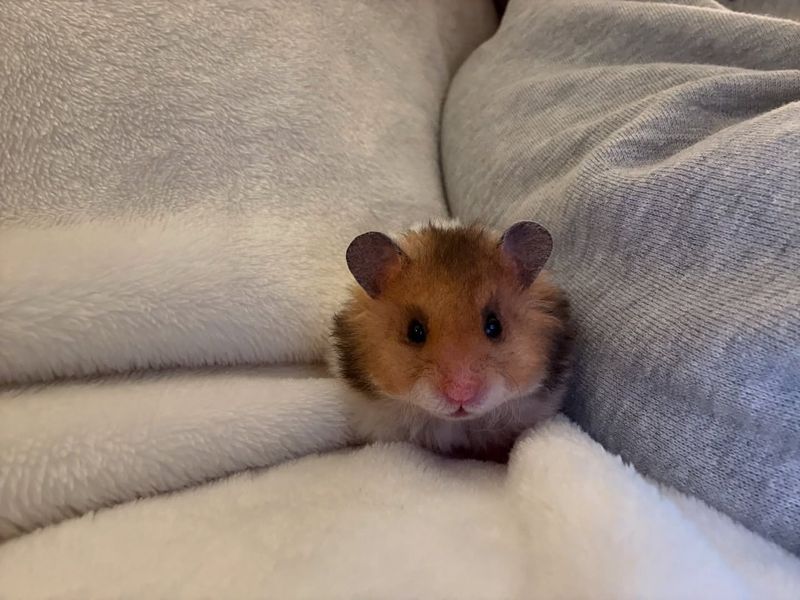
Changes in sleep patterns among pets, such as sleeping more than usual or restlessness at night, can be indicative of health issues. While aging pets may naturally sleep more, drastic changes should not go unchecked. Increased sleep could signal underlying conditions like hypothyroidism or depression, while restlessness might indicate pain or discomfort.
Observing whether these changes coincide with other symptoms can help identify potential problems. A veterinarian’s examination is necessary to diagnose the root cause and recommend treatment. Ignoring altered sleep patterns can lead to deterioration in health and quality of life for your pet.
Ensuring your pet has a comfortable sleeping environment and maintaining regular exercise routines can support healthy sleep habits. Monitoring their behavior closely and seeking veterinary advice when needed can ensure their well-being and comfort.

